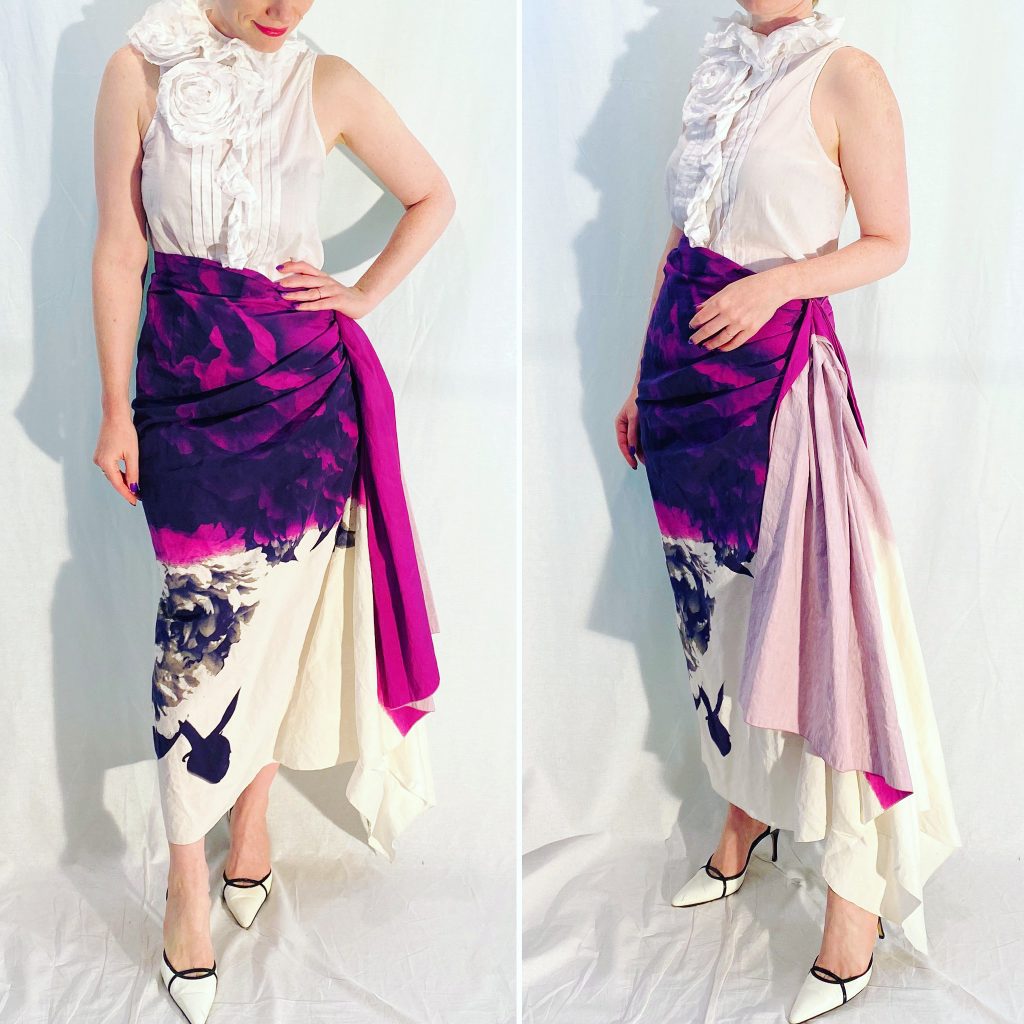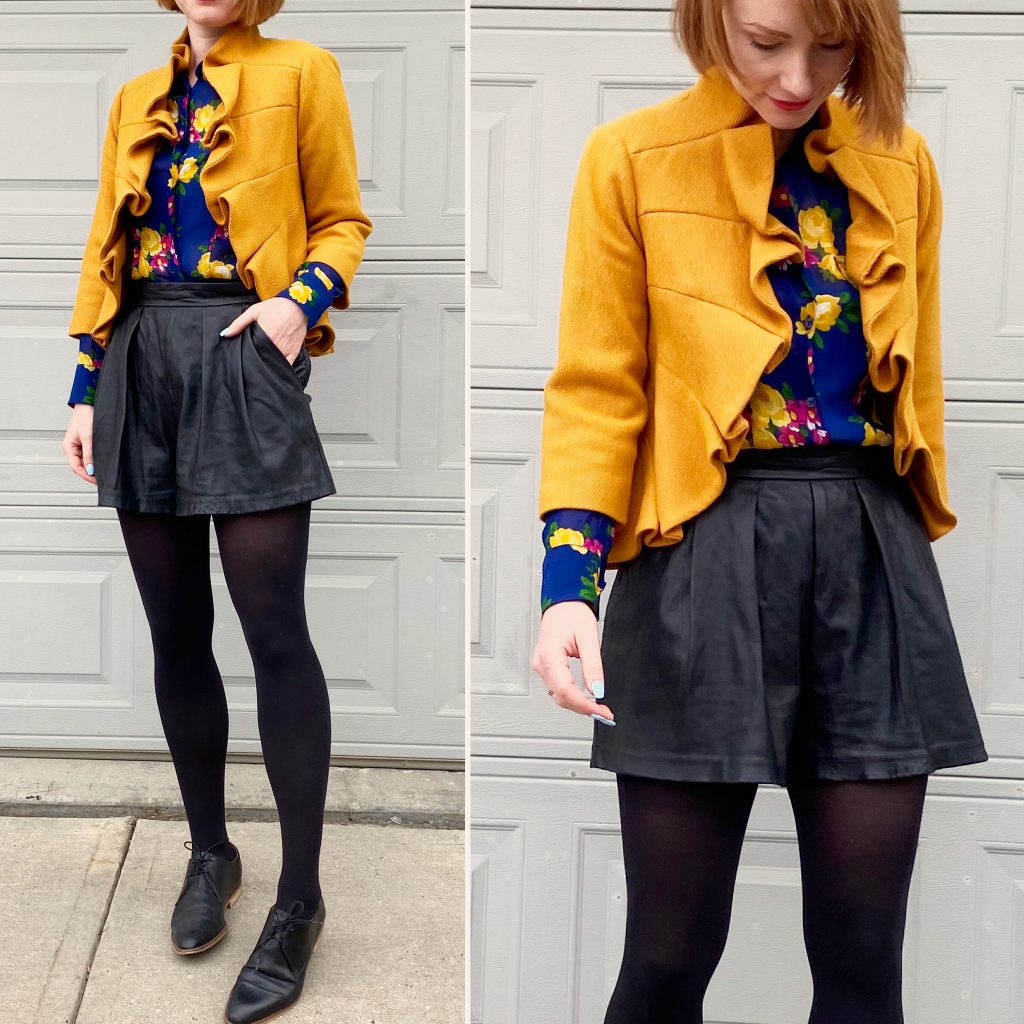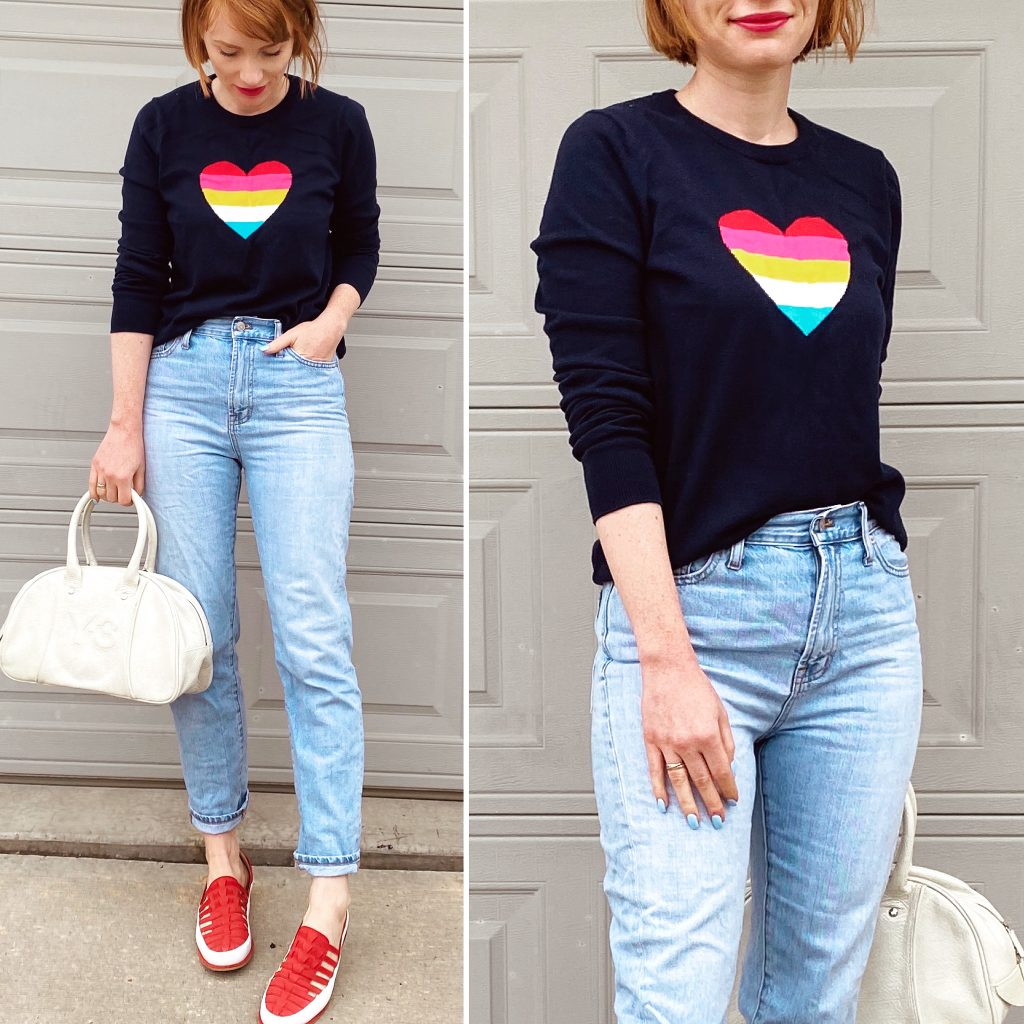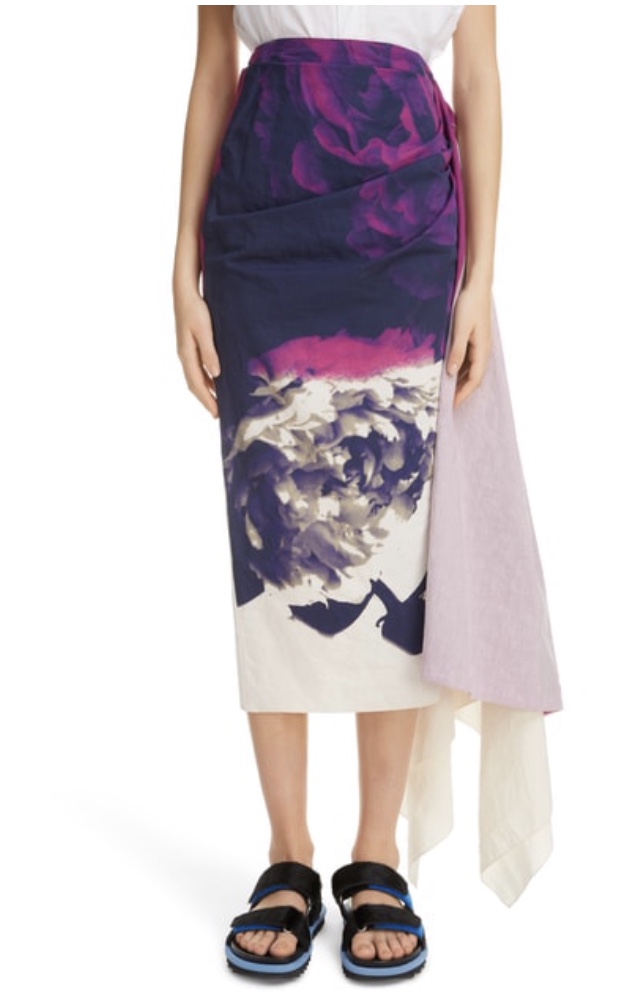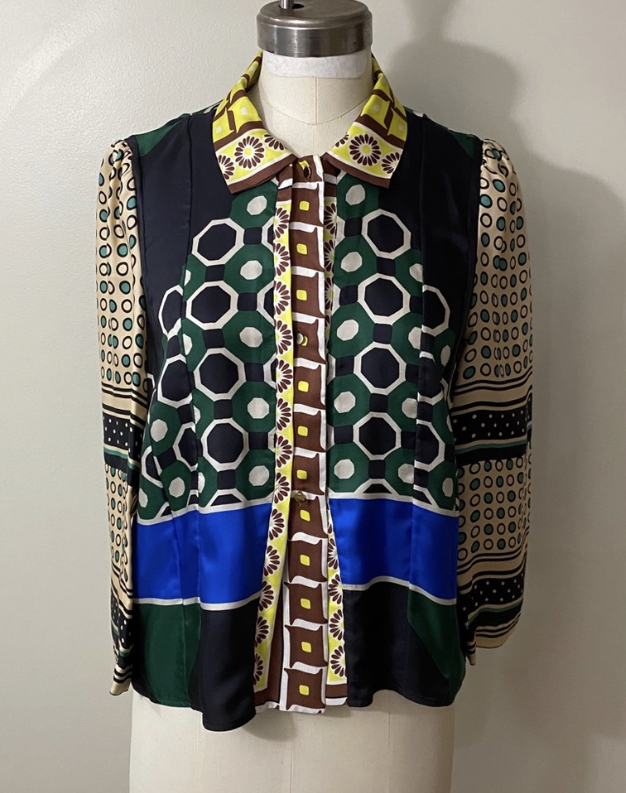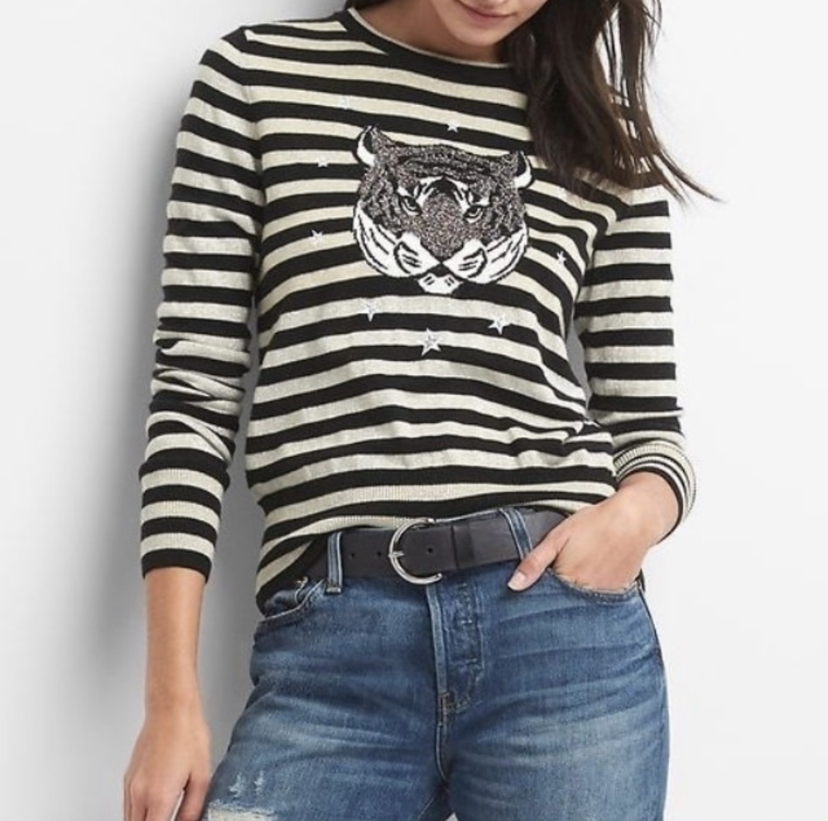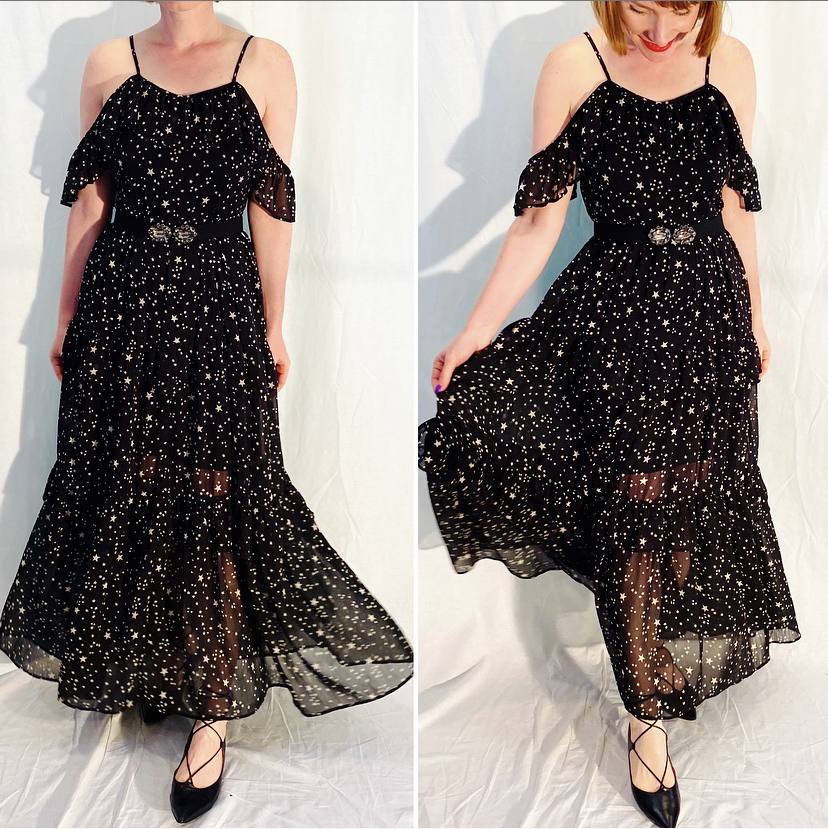Effortless.
Is there a more loaded term in fashion parlance?
If you feel triggered by it, don’t worry. I am not here to talk about what effortless style looks like. The reasons for that will become evident in a moment. I want to talk about what “effortless” means to me in the context of style, and I am going to use an art analogy to do it.
As an artist [and, disclaimer, an amateur one at that], that are certain ways of painting – or, more generally, creating – that feel natural to me. Take portraits, for example. At this time, I naturally gravitate towards realistic, though not necessarily photo- or hyper-realistic, portraiture in my own work. I enjoy looking at and appreciating more abstract portraiture, but it would be a challenge for me to do it. I would have to look at other artists’ work and try to figure out how to replicate it. It’s not that I am not capable of it; it just isn’t what comes naturally to me when I put a brush on canvas, so to speak.
And I have tried it – replicating others’ style of painting that is. There are some abstract landscape painters that I really admire, and I tried in the past to paint in a similar style. My results weren’t terrible per se, but I was never satisfied. It was obvious, to my own eye, how much better the originals were. I think my dissatisfaction came from the fact that they felt “inauthentic”. Those experiences convinced me that I needed to always stay true to whatever felt natural and unforced to me as an artist. The results might not always be the type of paintings that I wish I could produce, but they would be pleasing to me because they are my style, and what I do best.
The same, by the way, applies to my other craft pursuits too. I love metalwork and stone jewelry made by other designers, but that is not what I can create best as a jewelry maker. My métier, so to speak, is working with felt, beads and thread – not metal, plastics, and stone.
At least not at this time.
People evolve. We learn, we grow, we try new things. Who knows how my work will evolve?
Which brings me back to style.
Effortless style, to me, is a gut feeling – much as it is when it comes to art. When I wear an outfit, does it feel like a natural extension of (my concept of) myself in that moment? There are many outfits I admire on others, but know that, were I to recreate the outfit and wear it for myself, I would not feel “natural”.
One of the reasons I admire other people’s outfits even though I might not necessarily want to wear myself is because they are “effortless” for that person. I recognize a pure expression of self in them, and that is always a beautiful thing. I am seeing someone expressing and being their true self, and there is usually a confidence and a joy that radiates from that, which is very attractive.
So, to recap, effort (to me) relates to the nature of the expression. Getting dressed, whatever you choose to wear, requires more or less the same physical amount of effort. For me, putting together the outfit below is no more effort – mental or otherwise – than putting on a t-shirt and a pair of jeans. For lack of a better word, it comes naturally:
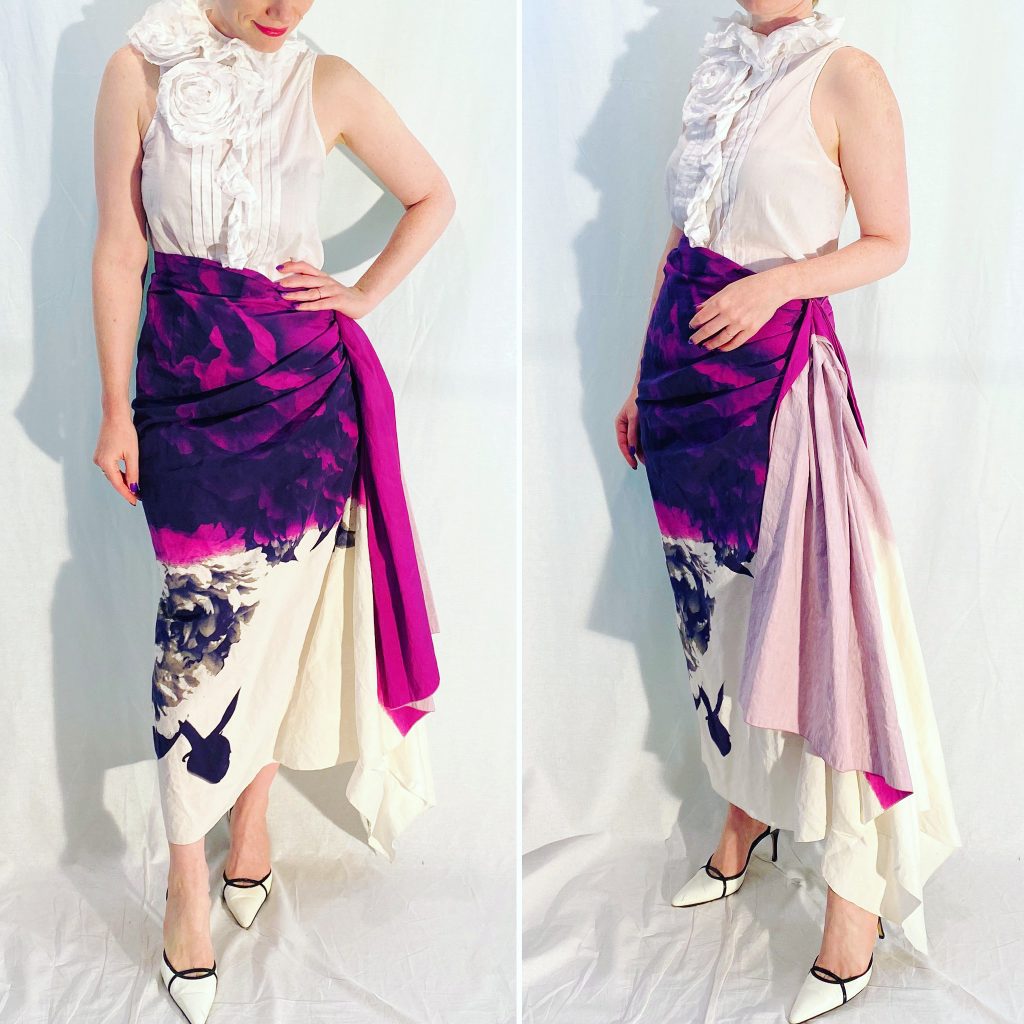
You might wonder: ok, but show me something that doesn’t.
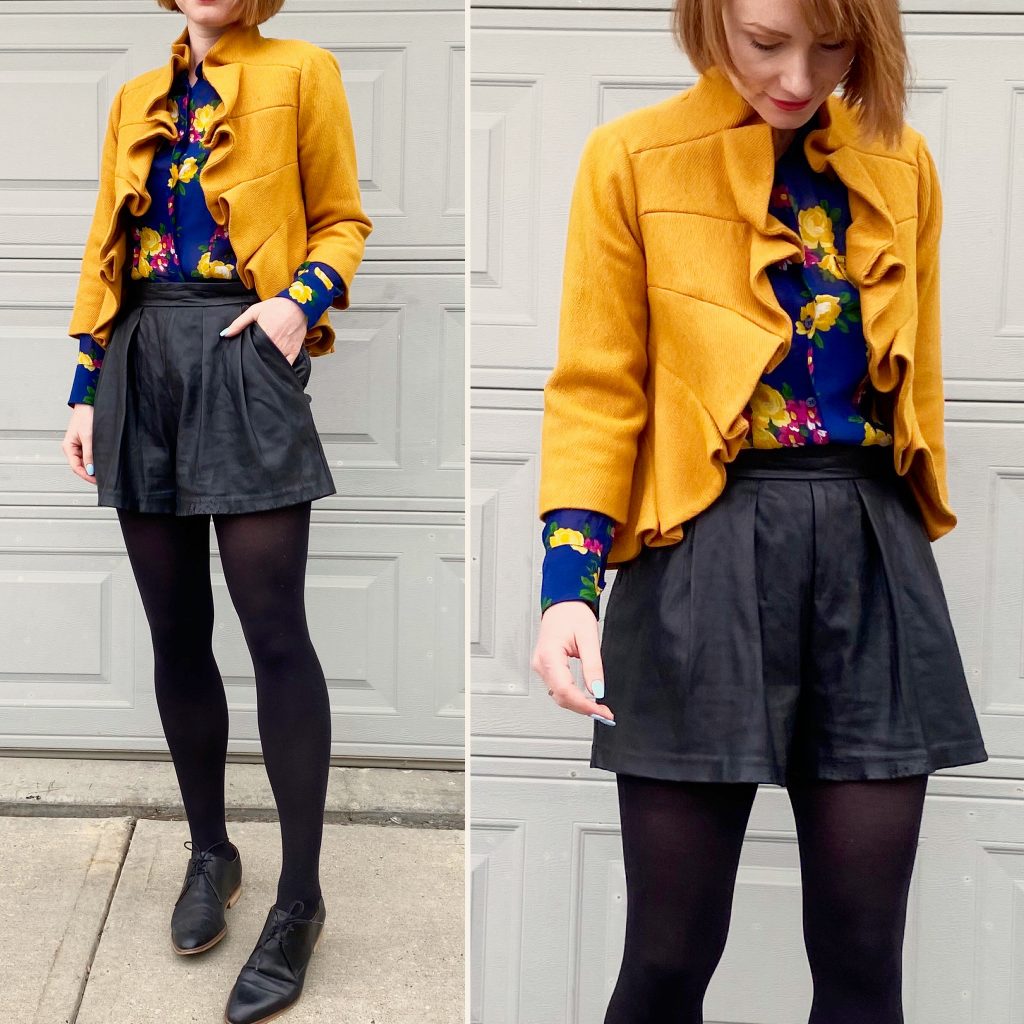
This did not feel effortless to me. I didn’t just “throw it together”. As I mentioned last week, this outfit is on the fringes of my personal style, so to speak, and it was an example of me experimenting with the boundaries of my style. I don’t consider it a bad outfit; on the contrary, I quite like how it turned out. But again, liking an outfit visually is divorced (to me) from the idea of effortlessness. And this outfit on someone else could very well be effortless by my definition.
Here is what, to me, effortless is not:
One, effortless is not a particular type of style. It bothers me a lot when the fashion industry uses this terminology to sell a specific aesthetic, especially one that is deeply rooted in classism, racism, and ableism. Think about all the images you see attached to the term “effortless”: chances are they all look very similar. If you’re seeing “effortless” crop up in fashion magazines, social media, or wherever, ask yourself: is this being used to sell me something? If so, ignore it. The subtext, at that point, is no longer about style at all; “effortless” is a code word used to create a perceived lack or need on the part of the audience, which can then be filled by capitalism.
Two, effortless is not a virtue. I am a person who views style as a form of self-expression, and as a Type 4, I value authenticity. When I am wearing something that feels like an authentic expression, that feels effortless, and that is a feeling that I personally enjoy. That being said, not everyone feels the same; nor do I think that my experience is the only valid one or the most valuable. Consider the concept of sprezzatura. It has nothing to do with effortlessness, in fact the opposite. At the end of the day, it is okay to care about clothes, to take time with your outfits, to put effort into it. Whatever that means or looks like to you.
An outfit is an outfit whether the person feels authentic/effortless wearing it or not. If you’re not a person for whom that added dimension is important – and, again, it’s not a universal value so it’s okay if it’s not important to you – then whatever amount of effort went into putting together that outfit doesn’t matter. You’re wearing something appropriate to the occasion, or something you think looks nice: mission accomplished. Don’t let anyone tell you that anything (that elusive “effortlessness” element) is missing. They’re probably trying to sell you something.
Alright, that’s enough blathering from me. I would love to hear your thoughts on “effortless” – see you in the comment section!

